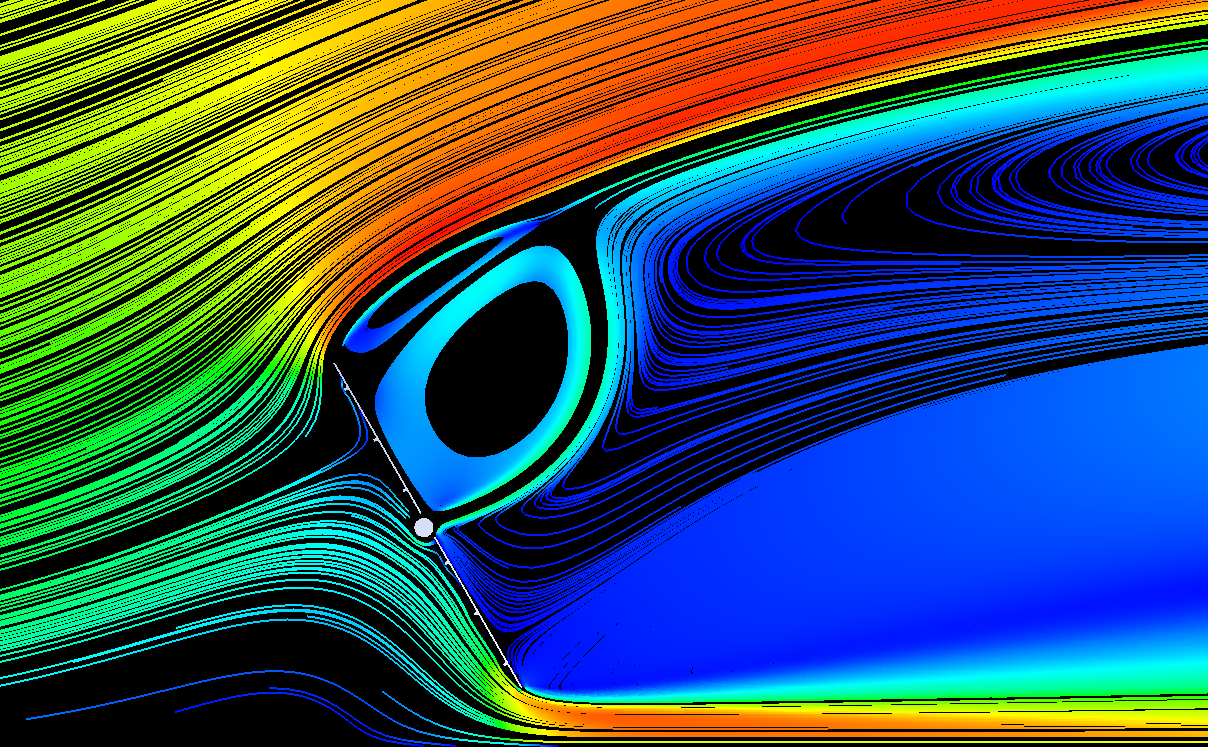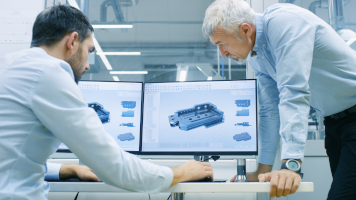CFD Simulations
With the rapid advancement of digital computers, CFD is poised to remain at the forefront of cutting-edge research in the sciences of fluid dynamics and heat transfer. Also, the emergence of CFD as a practical tool in modern engineering practice is steadily attracting much interest and appeal.
CFD is also becoming an integral part of engineering design and analysis environment in prominent industries. Companies are progressively seeking industrial solutions through the extensive use of CFD for the optimization of product development and processes and/or to predict the performance of new designs even before they are manufactured or implemented. Software applications can now provide numerical analyses and solution to pertinent flow problems through the employment of common desktop computers. As a viable design tool, CFD has assisted by providing significant and substantial insight into the flow characteristics within the equipment and process required to increase production, improve longevity and decrease waste. The increasing computer processing power is certainly revolutionizing the use of CFD in new and existing industries.
Jiyuan Tu, Guan-heng Yeoh & Chaoqun Liu. (2018). Computational Fluid Dynamics. Butterworth-Heinemann (Elsevier)

Single-axis tracker CFD Simulation
CFD Applications
Although the range of application of CFD in industry is very wide, Atreydes is focused on how these simulations can influence the optimization of our customers' products and processes in the mechanical field. Some of these applications are described below:
Wind tunnel complement or replacement
Nowadays, CFD is a fast, reliable and cheap alternative to conventional wind tunnels, since it does not need facilities, scaled mock-ups or pressure acquisition systems given that it is a computational simulation. Calculation of drag and lift coefficients on complex shapes is a clear instance of CFD application.
Thermal studies
Estimations of temperature in compartments, rooms and buildings which depends on air flows coming from HVAC systems, taking into account thermal insulations requirements for ergonomic design optimization.
Piping flow models
Mixture of different piping flows taking into account fluid nature, section geometry, speed, temperature, insulation components in order to optimize process.
Our Added Value
Our high added value offers the best solution for our customers, combining different technical areas, computer applications and technologies to optimize their final products.
Drag and lift coefficients, pressures, speeds and temperatures estimated by means of CFD simulations about interaction between geometries and flows, can be employed to check the structural resistance of such shape through CAE simulations before the results obtained by CFD, therefore both computational tests are complementary, optimizing design processes.






